Destruction, Creation, and Preservation: Some Thoughts on Teaching the Haitian Revolution
Some reflections about teaching the Haitian Revolution and a collection of all posts about the revolution.

Table of Contents
I define the Haitian Revolution as the destruction of a slave system through the creation of a national community. Women played a fundamental role in the foundation of this new community, which was based on a family structure embedded within a broader social environment created precisely to ensure this structure could flourish. This is the most beautiful Haitian creation: the simultaneous invention of a nation, of the conditions for its social and economic existence, and of the institutions that could guarantee its survival.
– Jean Casimir, The Haitians: A Decolonial History
During the past month, I have written about how we teach the Haitian Revolution. As I reflect on these posts, I’m reminded of this passage from the introduction to Jean Casimir’s The Haitians: A Decolonial History. This paragraph brought to mind the Hindu Trimurti - the idea of Brahma the Creator, Vishnu the Preserver, and Shiva the Destroyer. As someone drawn to Indian culture, the connection between destruction and creation resonated with me.
Too often, the teaching of the Haitian Revolution focuses on how it destroyed slavery and French rule in Saint-Domingue. As I wrote about teaching the revolution, I wanted to highlight what Haitians created and how we, as teachers, preserve its legacy. Telling that story also meant discussing how France and the United States attempted to destroy the legacy of 1804 in the nineteenth and twentieth centuries and how people worldwide continue to celebrate the revolution.
Rocky Cotard has created some of my favorite resources to tell Haitians’ stories. I want to share two more images from “Haiti’s Long Road to Freedom.” These could be used with students to introduce the Haitian Revolution or reflect on the significance of the revolution at the end of a unit. These images speak to what Casimir described as “the most beautiful Haitian creation.”
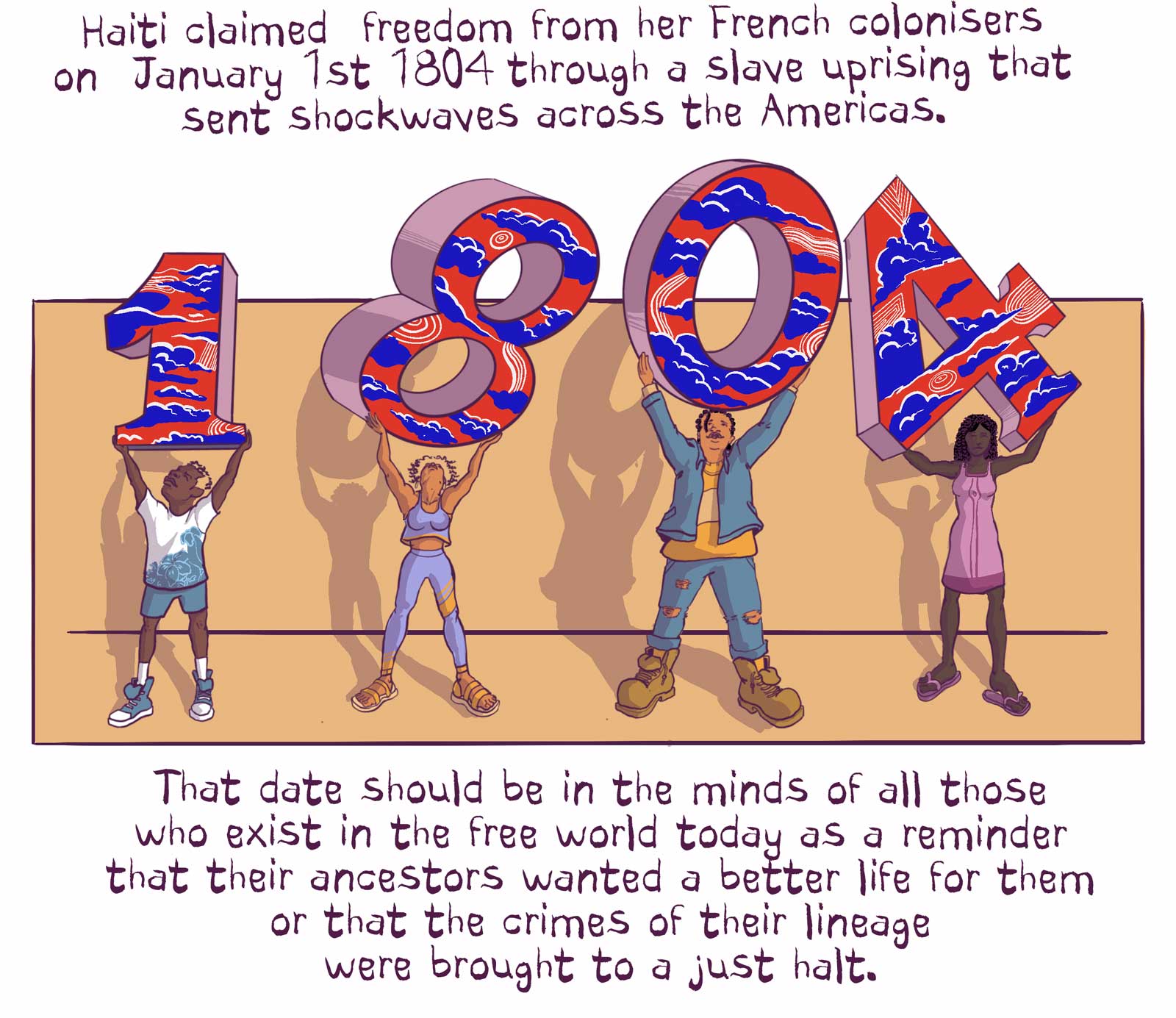
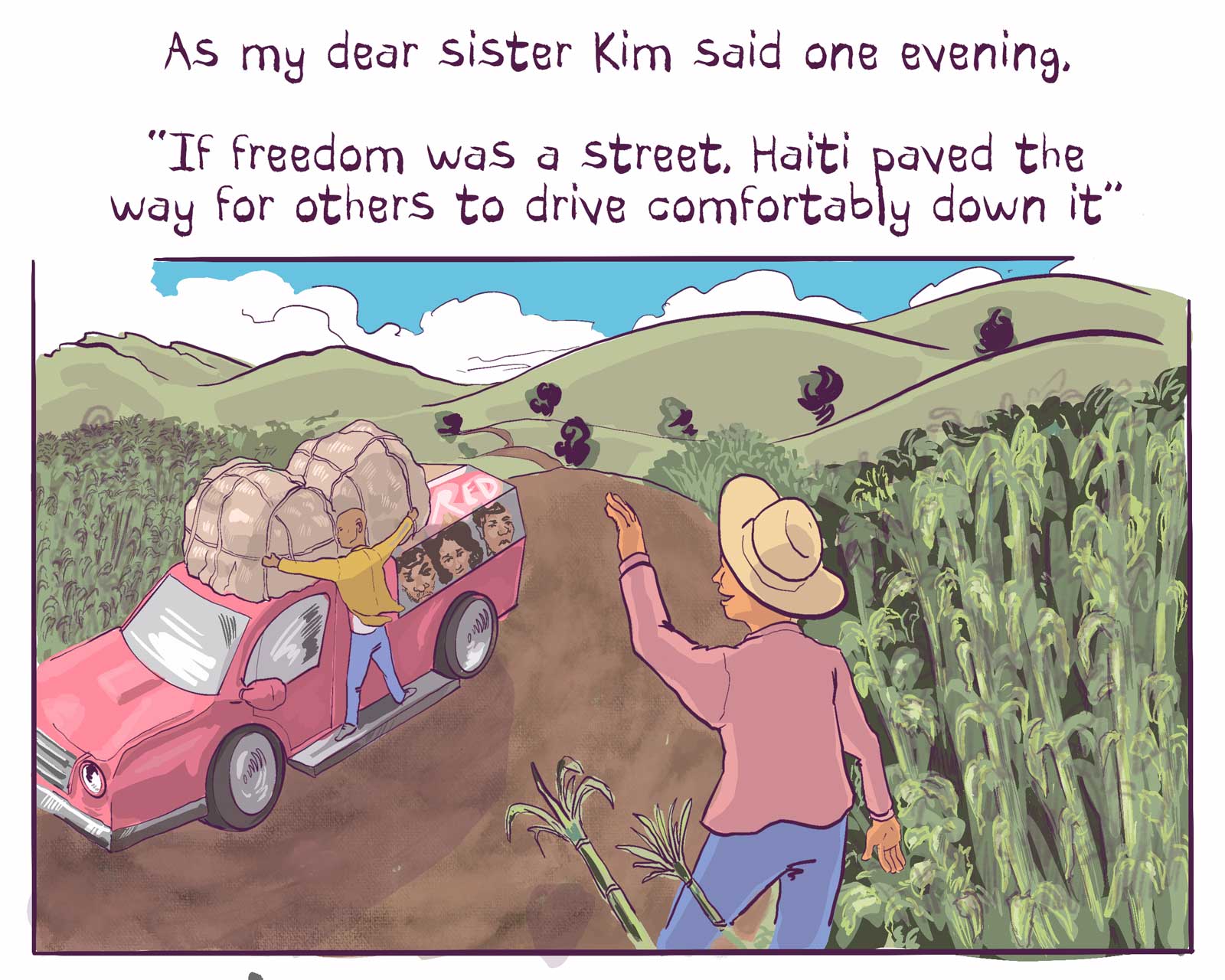
To facilitate finding more resources about the Haitian Revolution that you can use in the classroom, I’m including links below to all the posts I have written about the Haitian Revolution.
Added September 19, 2023
I just learned about the excellent Mapping the Haitian Revolution site after I finished this series. It's an excellent resource for understanding the geography of Haiti.
“At Last I Defended Myself”: 400 Years of Resistance to the Transatlantic Slave System
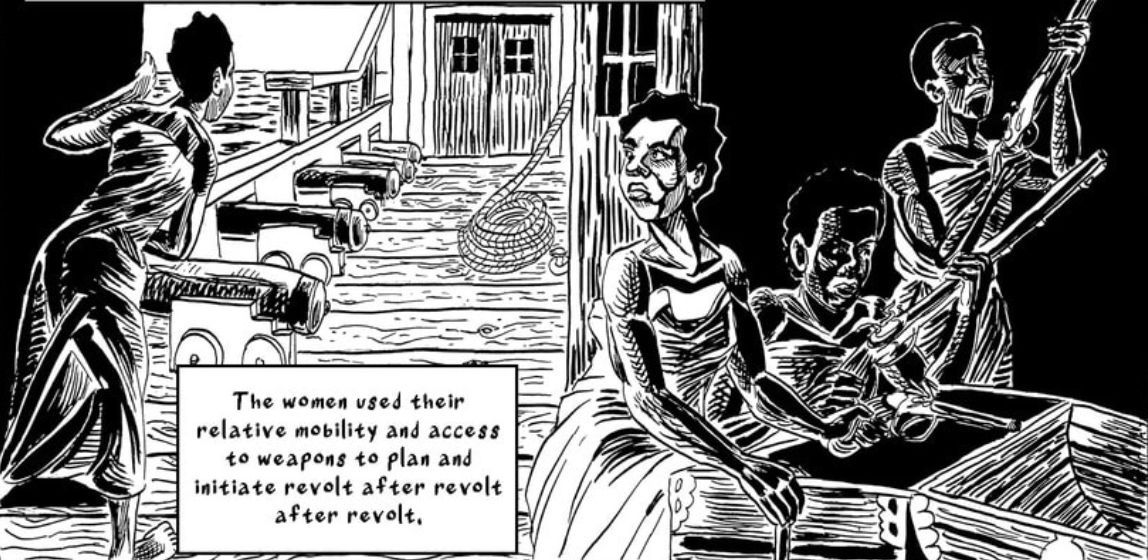
“A Total Abolition of Slavery”: The Abolition of the Transatlantic Slave System
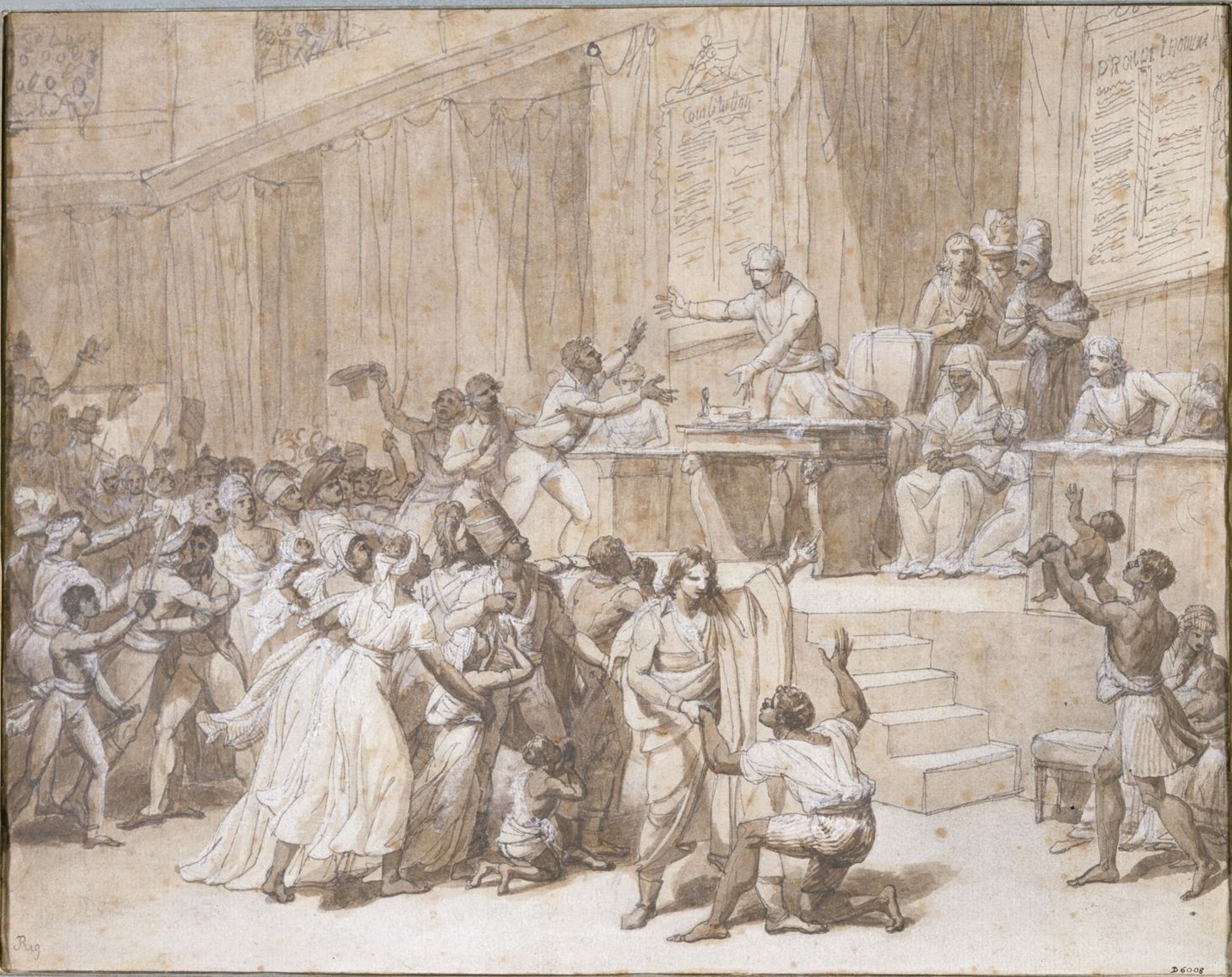
“We Have Dared to be Free”: Teaching the Haitian Revolution
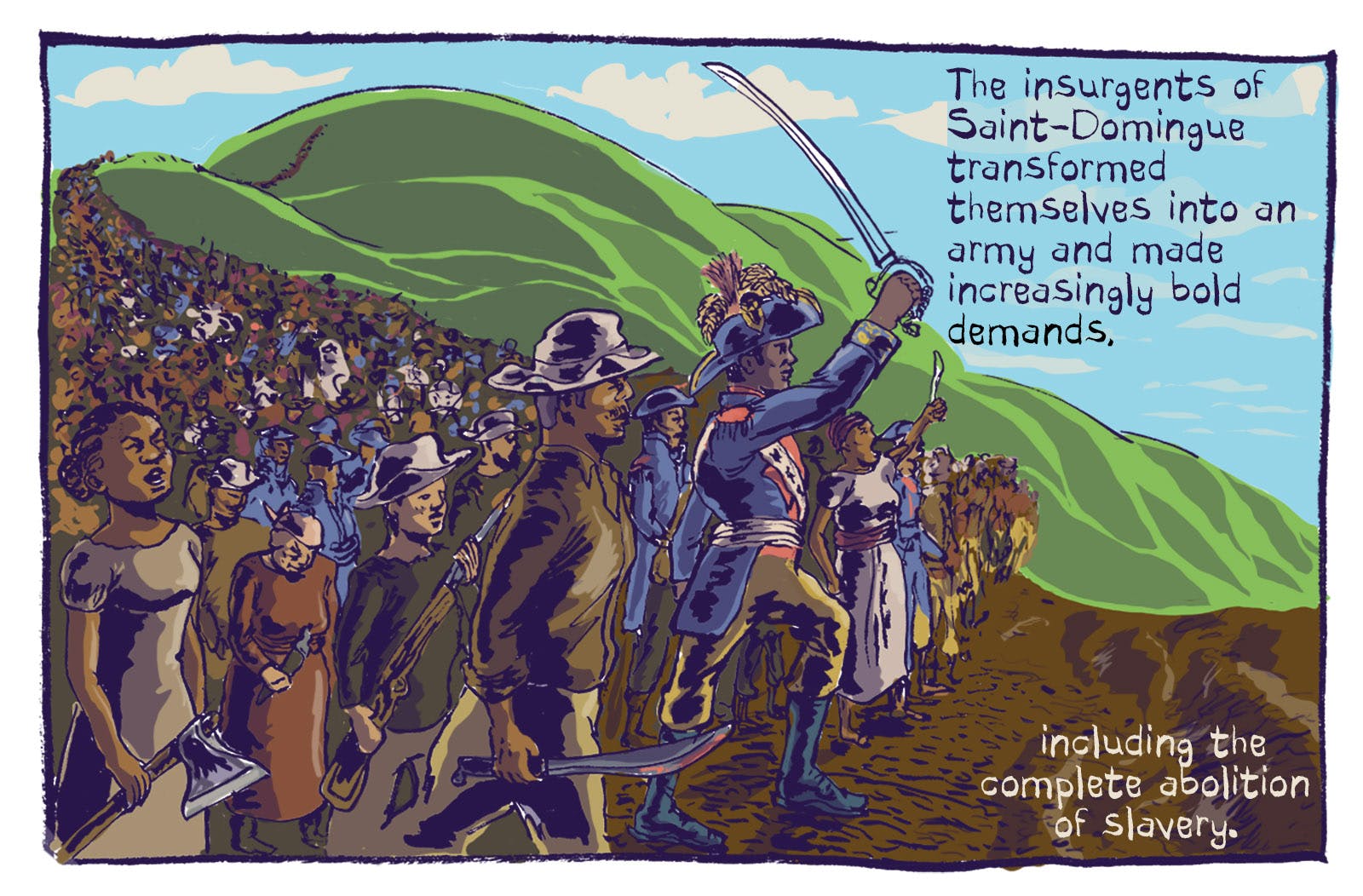
“Revenge Our Wrongs”: Saint-Domingue Before the Haitian Revolution
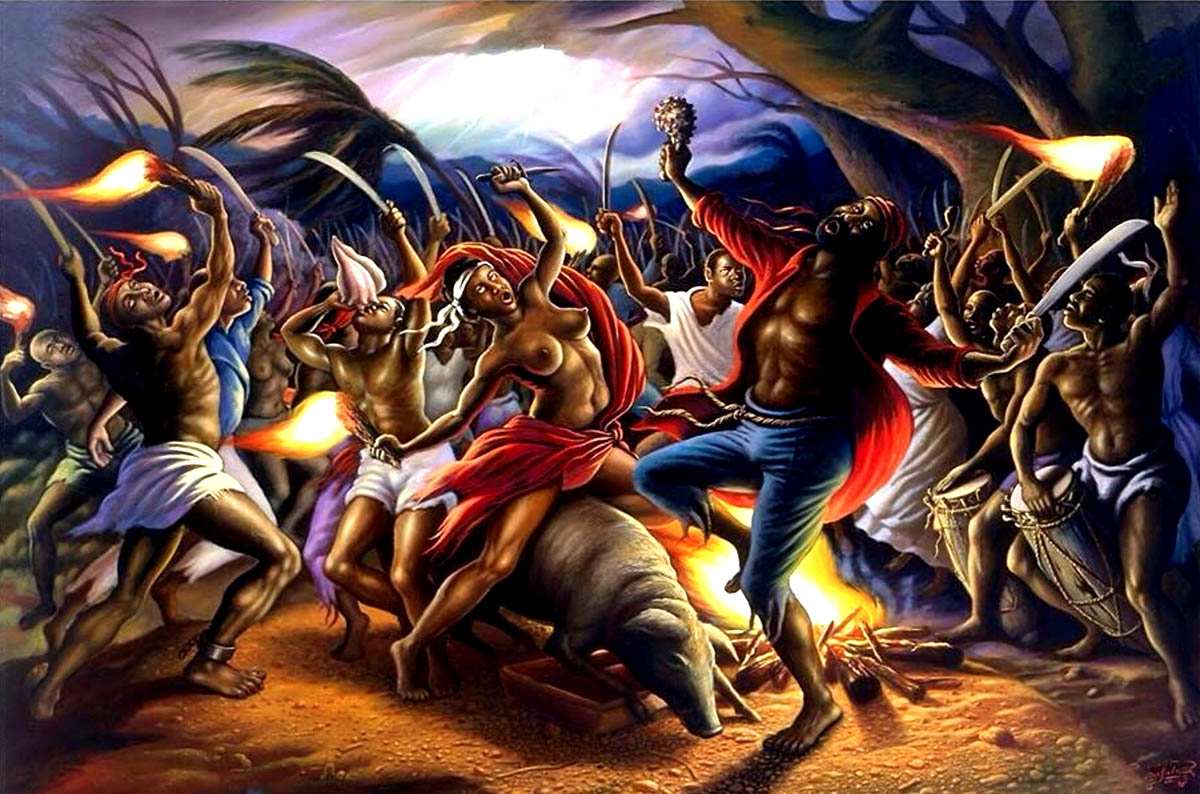
“The Sacred Flame of Liberté”: Teaching the Revolution of the Haitian Revolution
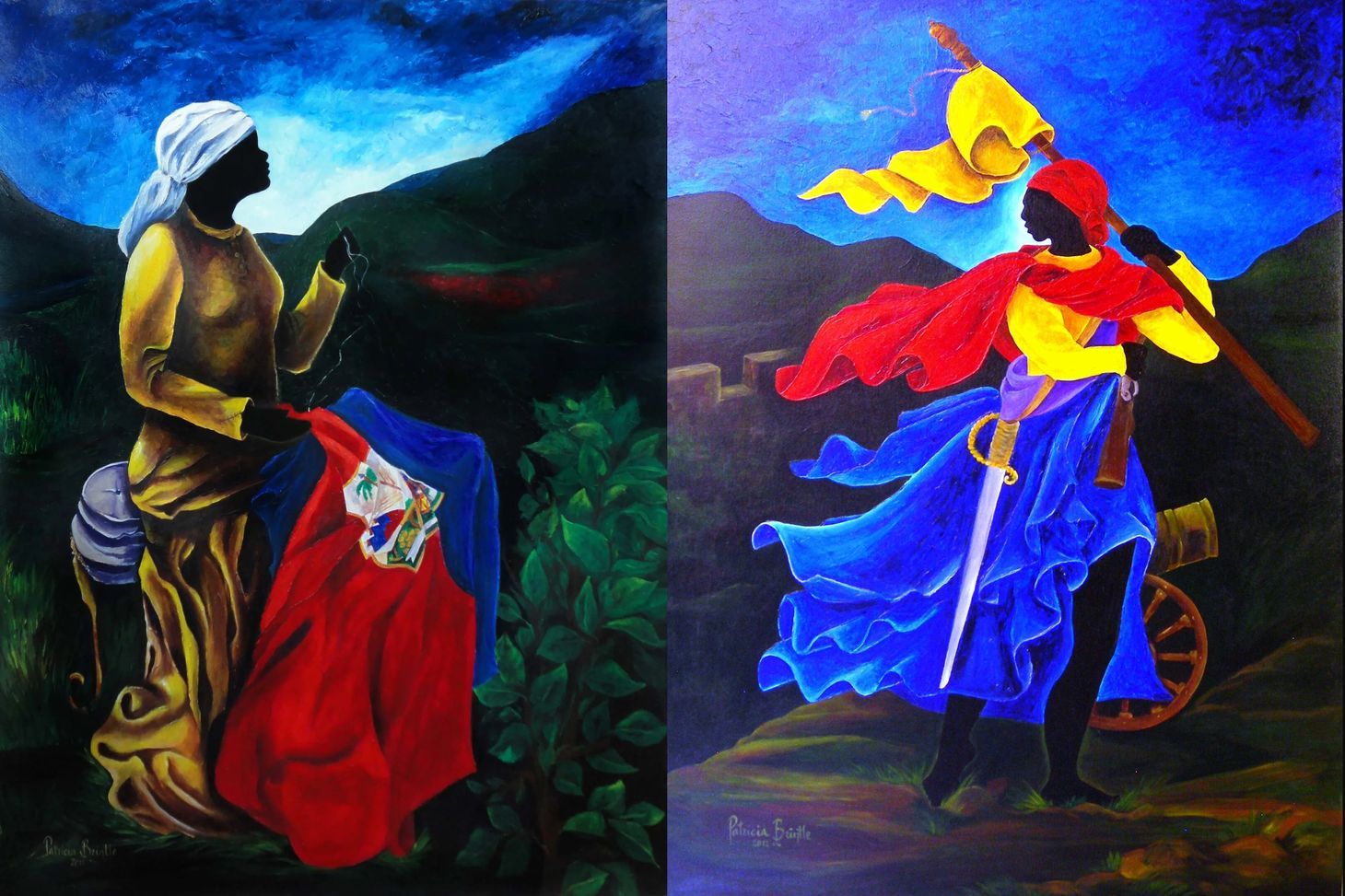
“Those Who Refuse Slavery”: Teaching the Short-Term Effects of the Haitian Revolution
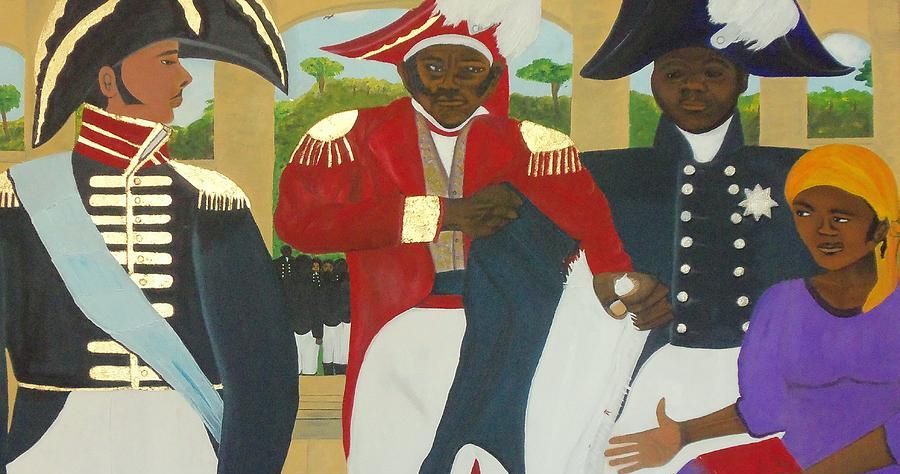
“The Way They Did in Saint Domingo”: The Haitian Revolution and the Atlantic World
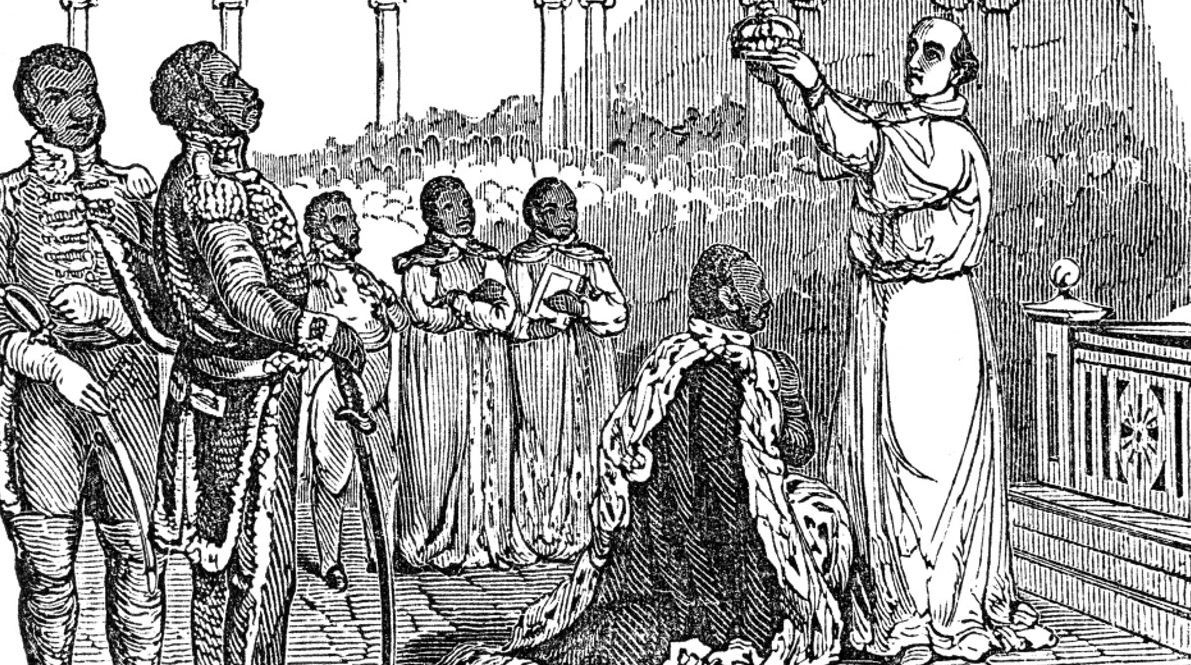
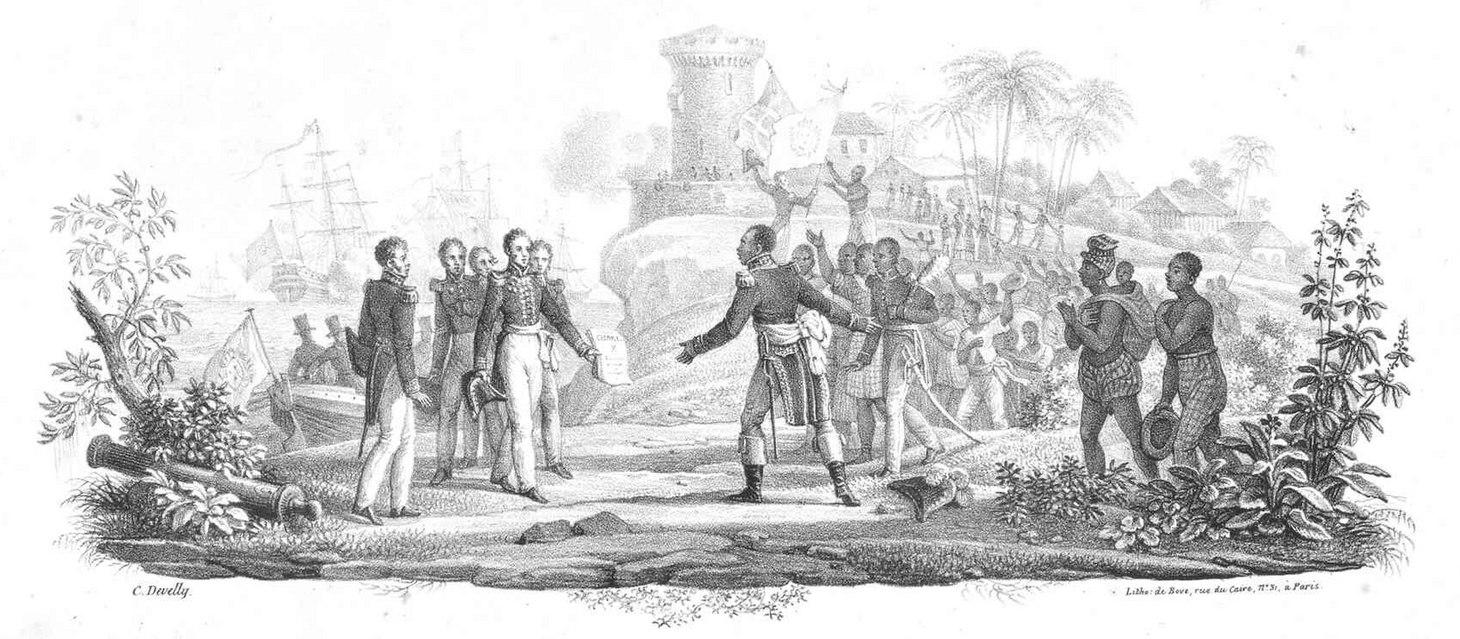
Liberating Narratives is written by Bram Hubbell. If you’ve valued reading this post, please consider becoming a paid subscriber. Your financial contribution supports independent, advertising-free materials for teachers. Thank you, friends.
If you would like, please forward this message to a friend or colleague and let them know where they can subscribe. (Hint: it's here.)
If you have any comments or suggestions, please share them with me or post them below. I can also be reached on Twitter, Facebook, Instagram, Threads, Mastodon, and email.
Liberating Narratives Newsletter
Join the newsletter to receive the latest updates in your inbox.



